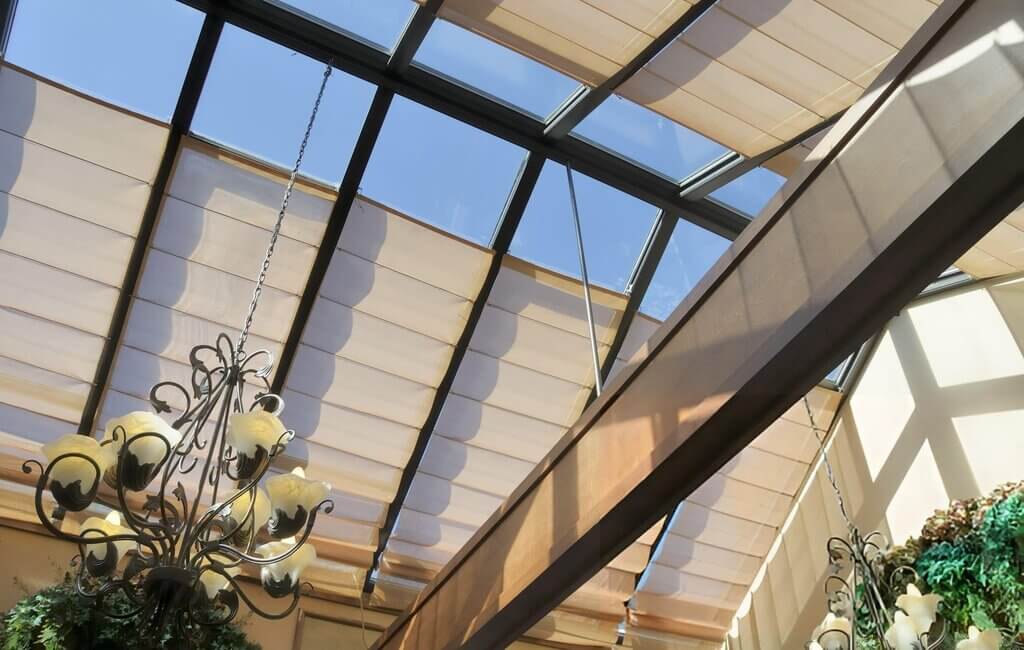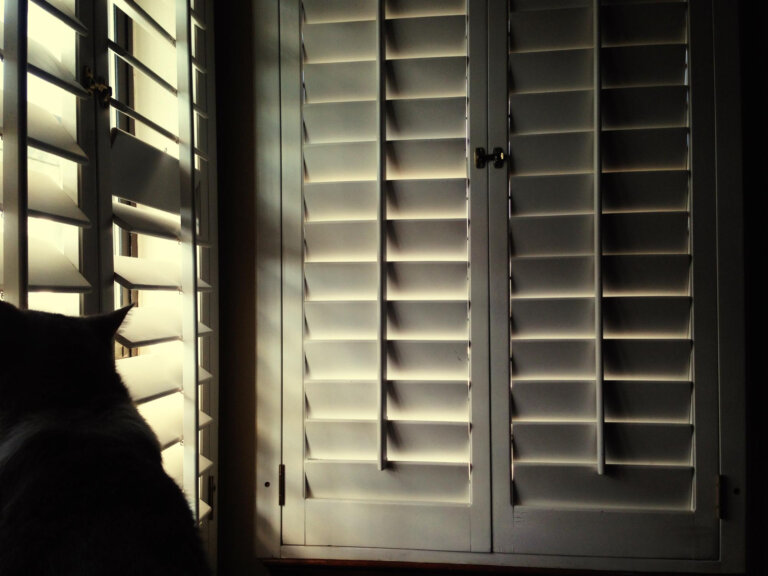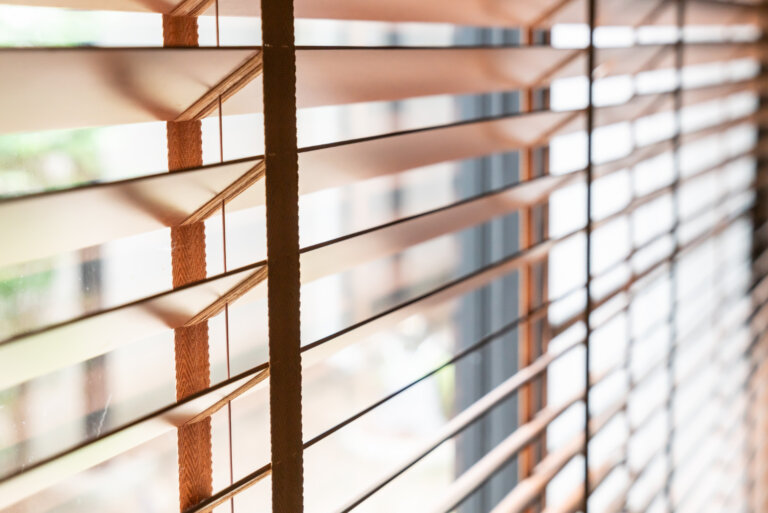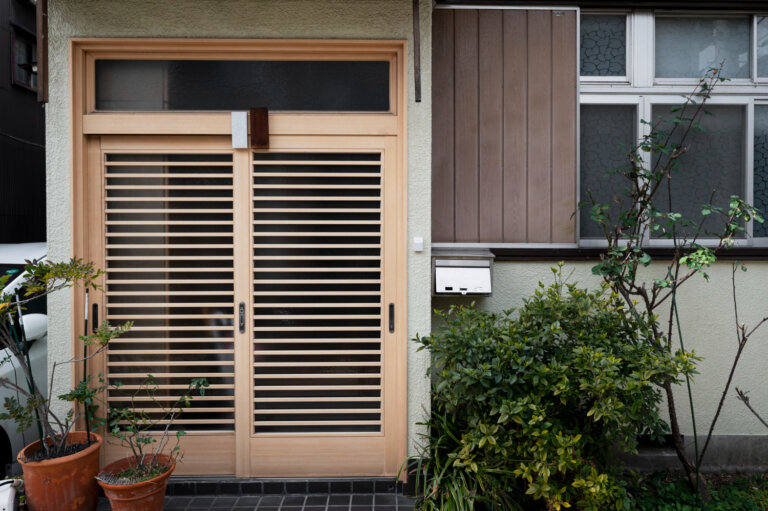Conservatories are one of the best places to relax and enjoy the natural light without stepping outside. But without the right setup, these areas can quickly become either too hot or too chilly depending on the time of year. Managing that seasonal swing in temperature is key to making the most of the space comfortably, whether you’re starting your morning with a coffee or winding down in the evening.
One part of the setup that does a lot of the heavy lifting is your shutters. With the right shutters fitted in your conservatory, you can help regulate how much heat comes in during summer or stays in during the colder months. Temperature control is not just about comfort either. It can also help preserve the furniture and décor in the room over time.
Selecting the Right Shutters for Your Conservatory
Choosing the right shutters for a conservatory has a big impact on how much you use the space year-round. Some styles are better suited for temperature control, especially in areas like Manchester where the weather can shift quickly between seasons. You’re not just picking something that looks good, but something that works well week to week.
Here are a few shutter styles to think about:
– Full-height shutters: These cover the whole window and help block out sunlight in summer, keeping the space cooler. They also insulate against drafts and cold air in winter.
– Tier-on-tier shutters: This option allows you to open the top and bottom sections separately. You can let more light in up top while keeping the bottom closed for shade or warmth.
– Café-style shutters: These cover just the lower half of the window, offering privacy and charm. They are less effective at full room temperature control since the upper glass stays exposed.
– Tracked shutters: Ideal for wider sections like long walls or patio doors. They glide open on a track and help seal off larger glass areas against heat or cold.
The material you choose matters, too. Hardwood has strong natural insulation, while faux wood handles humidity and fast temperature changes better. If your conservatory gets lots of sun, painted finishes with UV protection will help prevent fading and keep heat from building up too quickly.
What works best depends on how you use the room. If it’s your reading nook or evening hideout, more coverage may suit you. If it’s more of a relaxed lounge with garden views, something lighter might be a better fit.
Proper Insulation Techniques with Shutters
Even top-quality shutters need to be properly fitted to give you full insulation benefits. If there are gaps, loose fittings or worn materials, they won’t do much to hold back warm or cold air. A secure, well-aligned fit creates an air layer between the shutter and the glass, adding an extra barrier without you having to do anything.
Steps to improve insulation with shutters:
– Ensure shutters sit close to the frame, reducing airflow from the sides
– Choose overlapping louvres and tight hinges that help cut down on heat loss
– Keep shutters shut during peak sunlight or cold snaps, unless you’re airing out the room
– In winter, close them at sunset to hold in warmth overnight
Pairing shutters with other features brings even better results. Things like insulated conservatory roofs or double-glazed glass work really well with shutters to limit how much outdoor temperature affects the space. The shutters deal with light and direct heat, keeping things steady from the start.
One Stockport homeowner with full-height wooden shutters noticed a big difference during the colder weeks in January. Just by making sure the shutters were shut tightly after sunset, the whole room felt warmer without needing extra heating. Small changes like that show big results over time.
Seasonal Maintenance Tips for Conservatory Shutters
Keeping your shutters in good shape across the seasons helps them stay effective. Manchester’s weather means you may need to check things a little more often, but it’s well worth the time.
Here’s a simple seasonal checklist to make it easier:
– Spring: Dust and pollen build up, so wipe shutters clean. Check for stiffness in the hinges after the colder months.
– Summer: Hot weather may cause wood to expand. Check if they still close properly and aren’t rubbing. Make sure nothing like overgrown plants is blocking airflow around them.
– Autumn: Damp mornings can bring moisture inside. Wipe off condensation and check finishes. If any paint starts flaking or wood shows wear, do minor touch-ups.
– Winter: Condensation is more common. Keep frames dry to avoid water damage. Close shutters well overnight to hold in warmth and reduce heating use.
Even shutters made from the best materials will need a little upkeep. Minor realignments or a quick check for loose screws now and then can make sure they keep performing. If you stay ahead of small wear and tear, you’ll avoid bigger problems in the future and extend the life of your shutters.
Enhancing Energy Efficiency
Using shutters for temperature control can help you cut back on how much you rely on central heating or AC. They work as physical barriers that manage heat loss and sunlight before it even enters your space.
To get the most out of them, here are a few pairing tips:
– Add thermal-lined curtains or roller blinds behind the shutters. This adds another layer of temperature control
– Make sure the shutters fit tightly around the window frame. Avoid gaps that let air in or out
– Use UV-reflective finishes if your conservatory gets long stretches of direct sun. They reflect light before it raises room temperature
– During summer, shut the shutters during midday and peak heat. In winter, close them early when the sun drops
– Once the shutters are handling most of your temperature needs, you can switch off plug-in heaters or ceiling fans and save energy without losing comfort
As an example, a family in south Manchester fitted tier-on-tier shutters and later paired them with lined curtains. Over one summer, they noticed the room staying cooler through late afternoon and didn’t need the AC as often.
By mixing style with smart function, shutters make a meaningful difference. The key is to think about how and when you use them and what else they can work with in the space.
How to Keep Your Conservatory Comfortable Year-Round
You can enjoy a conservatory all year long if you’re thoughtful with your setup. Good shutters that are chosen wisely and given a bit of regular care go a long way. They help hold in heat when it’s bitter outside and block heavy sun when it’s roasting. It makes the whole room feel more predictable and easy to use.
Habits play a big part, too. Close the shutters during hot parts of the day to avoid extra warmth. Open them up on bright winter mornings to soak in some natural sunshine. Give them a check when the seasons start to turn. Little actions like these quickly become part of your routine.
Once everything is working together, the conservatory turns into a place you want to be, no matter what the forecast says. Whether it’s a frosty evening or a bright summer afternoon, the space stays useful, comfortable and simple to manage. All it takes is the right shutters, a reliable fit and a little seasonal awareness.
To keep enjoying all the comfort that well-maintained shutters can bring, consider exploring the options we offer. For tailored solutions perfect for every season, take a look at our expertly crafted shutters for a conservatory. At Crafted Shutters, our expert designs and installations will help you create a space that’s pleasant and efficient throughout the year.






